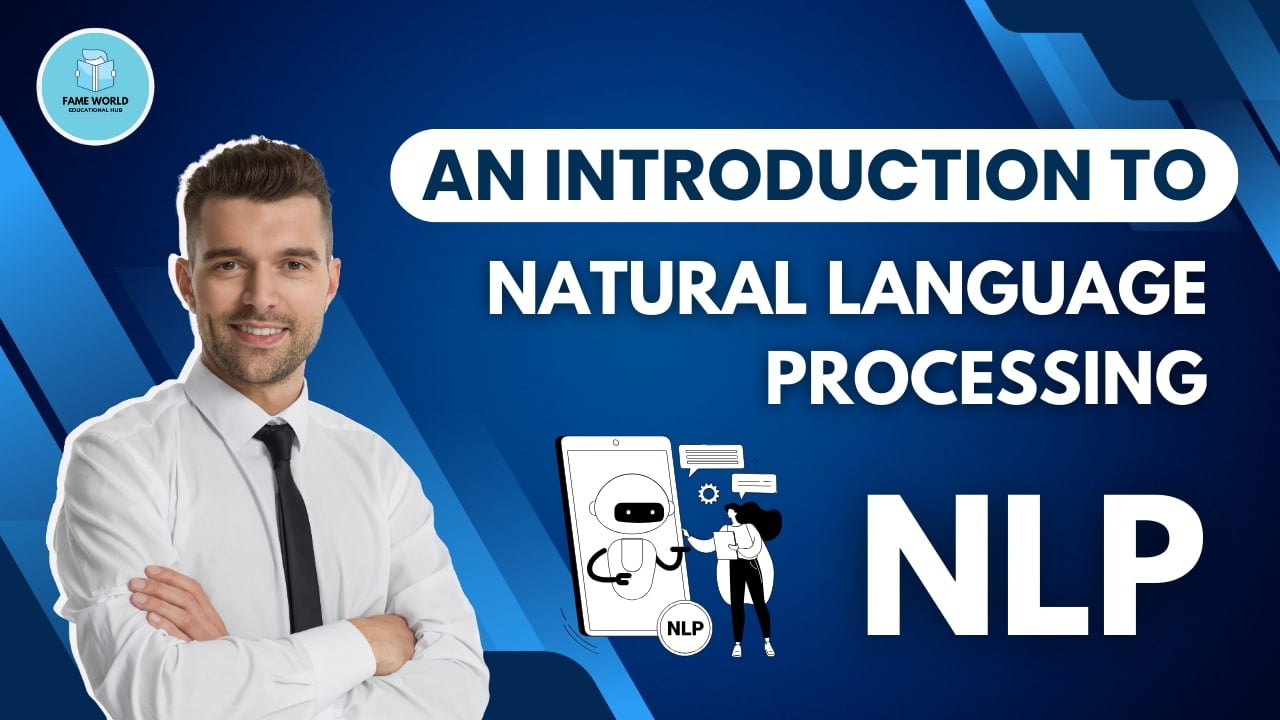What is Natural Language Processing (NLP)?
Natural Language Processing (NLP) is a field of artificial intelligence (AI) that focuses on the interaction between computers and humans through natural language. It aims to enable machines to understand, interpret, and generate human language in a way that is both meaningful and useful. NLP combines linguistics, computer science, and statistics to facilitate this interaction, allowing computers to perform tasks such as translation, sentiment analysis, and text summarization.
The Importance of NLP
NLP is a crucial component in many modern applications. It powers voice-activated assistants like Siri and Alexa, enables translation services such as Google Translate, and drives sentiment analysis tools used in social media monitoring. By understanding and processing human language, NLP technologies enhance user experiences and automate various tasks, making them invaluable in today’s tech-driven world.
Key Concepts in NLP
1. Tokenization
Tokenization is the process of breaking down text into smaller units, such as words or phrases, called tokens. This step is fundamental in NLP as it transforms raw text into manageable pieces for further analysis. For example, the sentence “NLP is fascinating” is tokenized into the tokens [“NLP”, “is”, “fascinating”].
2. Part-of-Speech (POS) Tagging
POS tagging involves identifying the grammatical parts of speech in a sentence, such as nouns, verbs, adjectives, etc. This helps in understanding the structure and meaning of sentences. For instance, in the sentence “The cat sat on the mat,” POS tagging would label “cat” as a noun and “sat” as a verb.
3. Named Entity Recognition (NER)
Named Entity Recognition is the task of identifying and classifying entities in text into predefined categories such as people, organizations, locations, dates, and more. For example, in the sentence “Apple Inc. was founded in Cupertino,” NER would identify “Apple Inc.” as an organization and “Cupertino” as a location.
4. Sentiment Analysis
Sentiment analysis involves determining the sentiment or emotion conveyed in a piece of text. This can range from positive, negative, to neutral. Sentiment analysis is widely used in monitoring customer feedback and social media to gauge public opinion about products or services.
5. Machine Translation
Machine translation is the automatic translation of text from one language to another. It uses NLP techniques to convert the meaning of text in one language into another language. Services like Google Translate are built on machine translation technologies.
6. Text Summarization
Text summarization involves creating a condensed version of a text while preserving its essential information. This can be done through extractive methods (selecting important sentences from the text) or abstractive methods (generating new sentences that convey the main ideas).
NLP Techniques and Algorithms
1. Rule-Based Methods
Early NLP systems relied heavily on rule-based methods, where specific linguistic rules were programmed into the system. These methods are precise but require extensive manual effort and are less flexible in handling diverse language patterns.
2. Statistical Methods
Statistical methods use probabilistic models to handle language processing tasks. These models, such as Hidden Markov Models (HMMs) and Conditional Random Fields (CRFs), are trained on large datasets to predict linguistic patterns based on statistical probabilities.
3. Machine Learning Approaches
Machine learning approaches leverage algorithms to learn from data and improve performance over time. Algorithms like Support Vector Machines (SVMs) and Random Forests are used in various NLP tasks, including text classification and sentiment analysis.
4. Deep Learning
Deep learning, a subset of machine learning, has significantly advanced NLP in recent years. Neural networks, especially Recurrent Neural Networks (RNNs) and Transformers, are used to model complex language patterns and achieve state-of-the-art performance in tasks like machine translation and text generation. Models like BERT (Bidirectional Encoder Representations from Transformers) and GPT (Generative Pre-trained Transformer) have set new benchmarks in NLP.
Applications of NLP
1. Chatbots and Virtual Assistants
Chatbots and virtual assistants use NLP to understand and respond to user queries in natural language. They are employed in customer service, personal assistance, and various other domains to provide interactive and efficient support.
2. Information Retrieval
NLP is used in search engines to retrieve relevant information based on user queries. Techniques such as keyword matching and semantic search help in providing accurate and useful search results.
3. Text Analytics
Text analytics involves analyzing large volumes of text data to extract meaningful insights. Applications include market research, social media monitoring, and content recommendation systems.
4. Healthcare
In healthcare, NLP is used to process and analyze medical records, extract relevant information from clinical notes, and assist in diagnostics by understanding patient data and medical literature.
Challenges in NLP
1. Ambiguity
Human language is inherently ambiguous, with words and sentences having multiple meanings depending on context. Resolving this ambiguity is a significant challenge in NLP.
2. Contextual Understanding
Understanding context is crucial for accurate language processing. NLP systems must grasp the context of a conversation or text to generate meaningful responses or interpretations.
3. Language Variability
Languages vary widely in structure, syntax, and vocabulary. NLP systems must handle this variability to perform effectively across different languages and dialects.
The Future of NLP
The field of NLP is rapidly evolving, with ongoing research focusing on improving language models, addressing language biases, and developing more sophisticated applications. Advances in NLP are expected to lead to more natural and effective human-computer interactions, with potential applications in areas such as education, entertainment, and personalized healthcare.
Conclusion
Natural Language Processing is a dynamic and influential field that bridges the gap between human language and computer understanding. Its applications are vast and continually expanding, driving innovation and enhancing the way we interact with technology. As NLP continues to advance, it promises to transform numerous aspects of our daily lives, making interactions with machines more intuitive and meaningful.
Feel free to reach out if you have any specific questions or need further details on any aspect of NLP!



